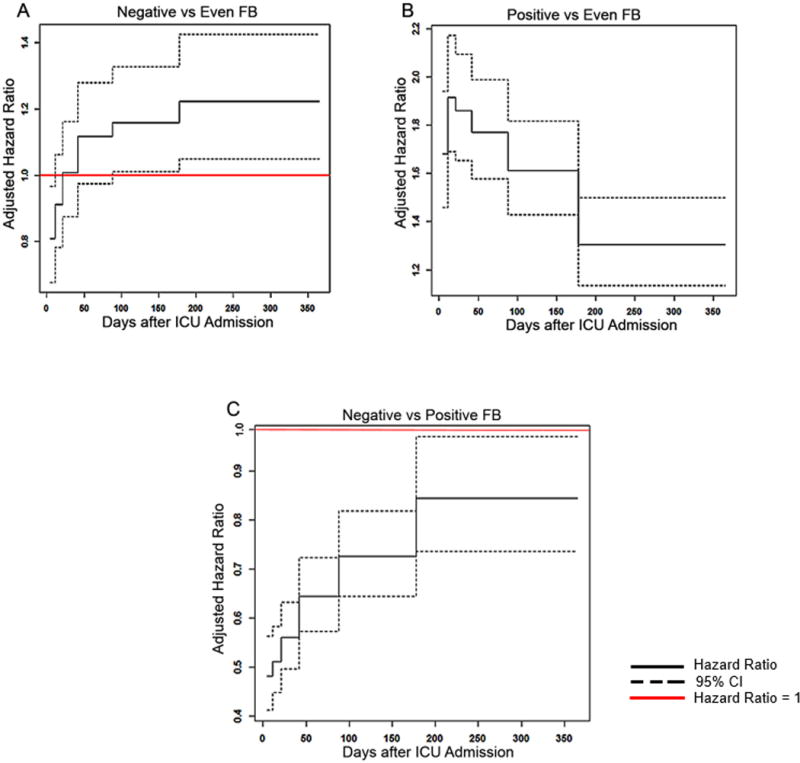Figure 2. Association between FB and risk-adjusted mortality using Gray’s model.

Figure shows varying adjusted hazard ratios with 95% CIs for risk of death over 365 days estimated from Gray's model using five time nodes and six intervals. A hazard ratio < 1 suggests that FB is associated with lower mortality and a hazard ratio > 1 suggests FB is associated with higher mortality. Models were adjusted for age, race, baseline serum creatinine, body mass index, comorbidities, cardiac disease, heart failure, liver disease and associated sequelae, liver transplantation, malignancy, surgery, admission APACHE III score, vasopressor use, mechanical ventilation use, suspected sepsis, and hypotensive index, oliguria, AKI and RRT use.
Negative FB as compared with even FB, is associated with decreased risk for death in the first 21 days after ICU admission, however subsequently, the risk of death is significantly higher from 88 days up to one year (A). Positive FB as compared with even FB, is associated with increased risk of death over one year. This risk was much higher early on and is relatively less from 178 days after ICU admission till the remainder of the year (B). Negative FB as compared with positive FB, was associated with decreased risk of death over the 1 year with the lowest risk upto 11 days after ICU admission (C).
